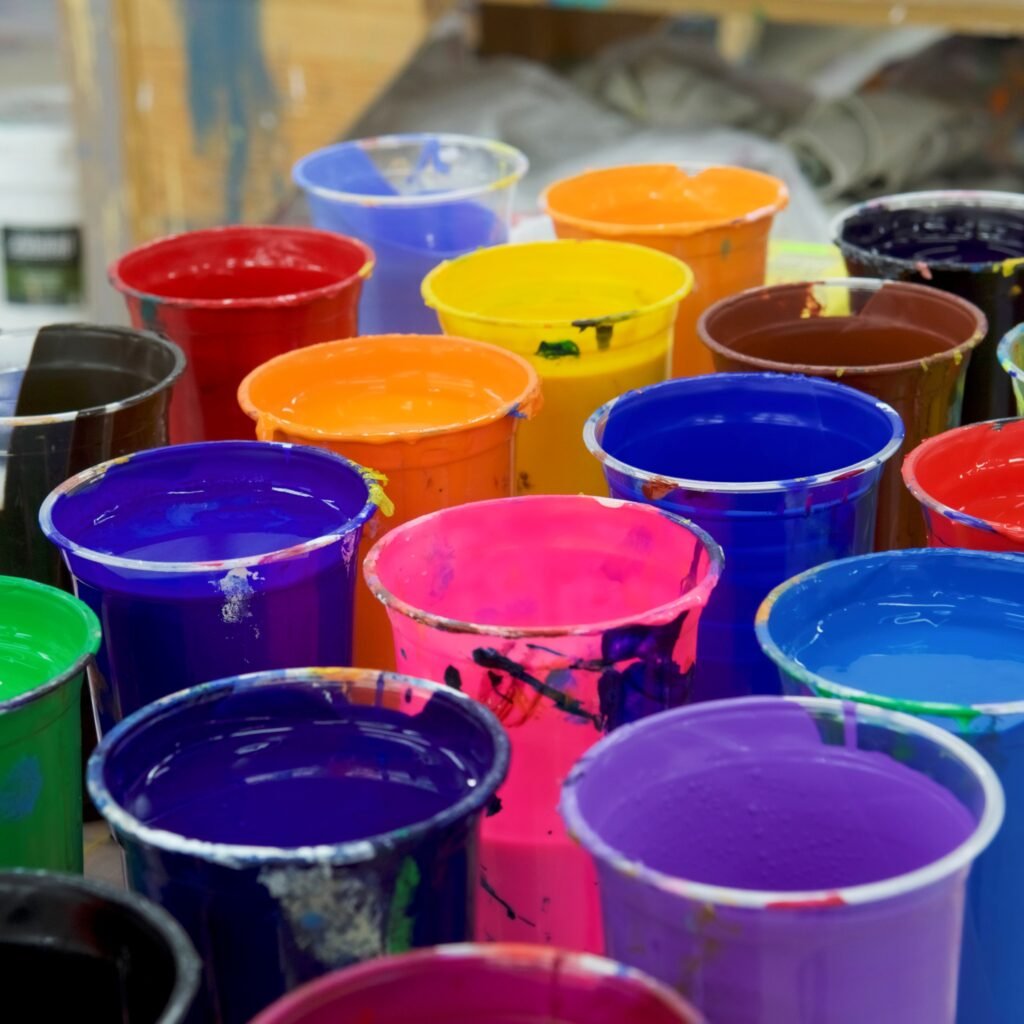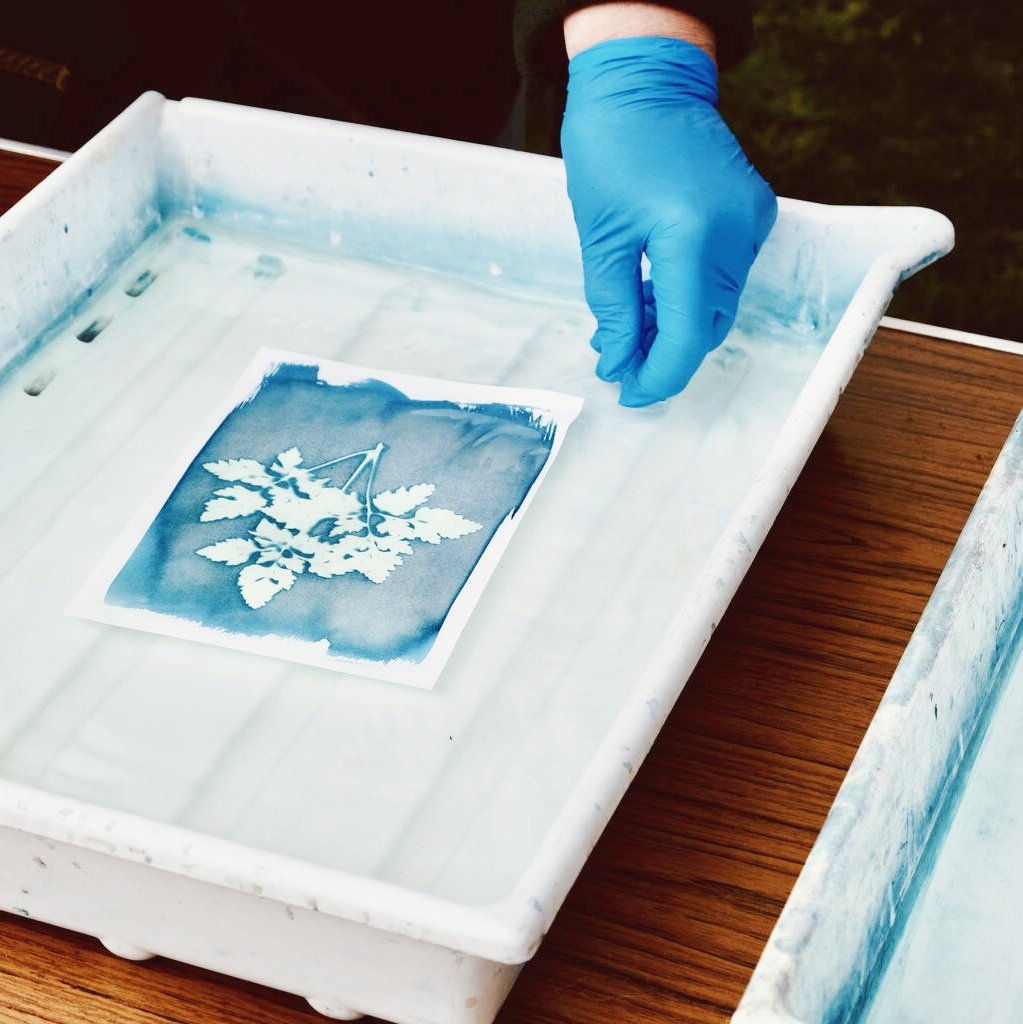When it comes to screen printing, the choice of ink can make a significant difference in the final appearance and quality of your designs. Among the various types of inks available, plastisol ink stands out for its versatility, durability, and vibrant colors. But what if you want to go beyond the standard color palette? Can you customize the colors in your plastisol ink formula? The answer is a resounding yes, and in this article, we’ll explore the intricacies of customizing plastisol ink formula colors, along with some related considerations about plastisol ink.
Understanding Plastisol Ink Formula Colors
Plastisol ink is a type of ink that is made up of plastic particles suspended in a liquid carrier. When heated, these plastic particles melt and fuse together to form a smooth, durable print. The colors in plastisol ink are achieved through the use of pigments or dyes that are mixed into the ink formula. This means that by adjusting the pigments or dyes, you can create a wide range of custom colors to suit your design needs.
The focus of this article is on plastisol ink formula colors, and how you can customize them to achieve the perfect match for your designs. Whether you’re looking for a specific shade of blue, a unique metallic finish, or even a gradient effect, the ability to customize plastisol ink formula colors gives you endless possibilities.
The Benefits of Customizing Plastisol Ink Formula Colors
Customizing your plastisol ink formula colors offers several benefits. First and foremost, it allows you to create a unique and distinctive look for your designs. With custom colors, you can set your prints apart from the competition and create a strong brand identity.
Customizing your ink colors also allows for greater control over the final appearance of your prints. You can fine-tune the color to match your brand’s color palette, or create a specific effect that aligns with your design aesthetic. This level of control can be crucial for achieving a polished and professional look.
Additionally, customizing your plastisol ink formula colors can help you meet specific technical requirements. For example, if you’re printing on a dark-colored fabric, you may need to use a lighter shade of ink to ensure that the design is visible. By customizing your ink colors, you can achieve the perfect balance of visibility and design aesthetic.
How to Customize Plastisol Ink Formula Colors
Customizing plastisol ink formula colors involves a combination of art and science. Here’s a step-by-step guide to help you get started:
- Identify Your Color Goals: Before you begin customizing your ink colors, it’s important to have a clear understanding of what you want to achieve. Are you looking for a specific shade of a color, or are you trying to create a unique effect? Having a clear vision will help guide your color selection process.
- Choose Your Base Ink: Plastisol inks are available in a range of base colors, including white, black, and various shades of gray. The base color you choose will serve as the foundation for your custom color. If you’re looking to create a light color, you’ll likely start with a white base. For darker colors, you may choose a black or gray base.
- Select Your Pigments or Dyes: Once you’ve chosen your base ink, it’s time to select the pigments or dyes that will create your custom color. Pigments are typically used for opaque colors, while dyes are used for transparent or translucent colors. You can mix and match pigments and dyes to achieve the desired effect.
- Mix and Test: With your base ink and pigments or dyes in hand, it’s time to start mixing. Begin by adding a small amount of pigment or dye to your base ink and mixing thoroughly. Test the color on a scrap piece of fabric to see how it looks. If necessary, adjust the mixture by adding more pigment or dye until you achieve the desired color.
- Refine Your Formula: Once you’ve achieved a color that’s close to your goal, it’s time to refine your formula. This may involve adjusting the ratio of base ink to pigment or dye, or adding additional ingredients like dispersants or binders to improve the ink’s performance.
Considerations for Customizing Plastisol Ink Formula Colors
While customizing plastisol ink formula colors offers many benefits, there are also some considerations to keep in mind:
- Cost: Customizing your ink colors can be more expensive than using standard colors, as it may require special pigments or dyes and additional mixing and testing.
- Lead Time: Customizing your ink colors can also add to your production lead time, as it may take time to mix and test the ink to achieve the desired color.
- Fumes: Plastisol ink, like any other type of ink, can produce fumes during the printing process. It’s important to ensure that your workspace is well-ventilated to minimize exposure to these fumes.
- Metallic and Specialty Colors: If you’re looking to create metallic or specialty colors like plastisol ink gold or gray, you may need to use special pigments or additives. These can be more expensive and may require additional mixing and testing.
Examples of Custom Plastisol Ink Formula Colors in Action
To give you a better understanding of what’s possible with custom plastisol ink formula colors, here are a few examples of how they can be used in real-world applications:
- Branding and Identity: Custom colors can be used to create a cohesive and recognizable brand identity. For example, if your brand’s color palette includes a specific shade of blue, you can create a custom plastisol ink formula that matches this color exactly.
- Unique Effects: Custom colors can also be used to create unique visual effects. For example, by mixing different shades of plastisol ink formula colors, you can create a gradient effect that adds depth and dimension to your designs.
- Technical Requirements: Custom colors can be used to meet specific technical requirements. For example, if you’re printing on a dark-colored fabric, you may need to use a lighter shade of ink to ensure that the design is visible. By customizing your ink colors, you can achieve the perfect balance of visibility and design aesthetic.
Conclusion
In conclusion, customizing plastisol ink formula colors offers a wide range of benefits for screen printers, including the ability to create unique and distinctive designs, greater control over the final appearance of prints, and the ability to meet specific technical requirements. While there are some considerations to keep in mind, such as cost and lead time, the ability to create custom colors is well worth the effort for many screen printers.
By following the steps outlined in this article, you can customize your plastisol ink formula colors to achieve the perfect match for your designs. Whether you’re looking to create a specific shade of a color, a unique effect, or a cohesive brand identity, the possibilities are endless with custom plastisol ink formula colors.



